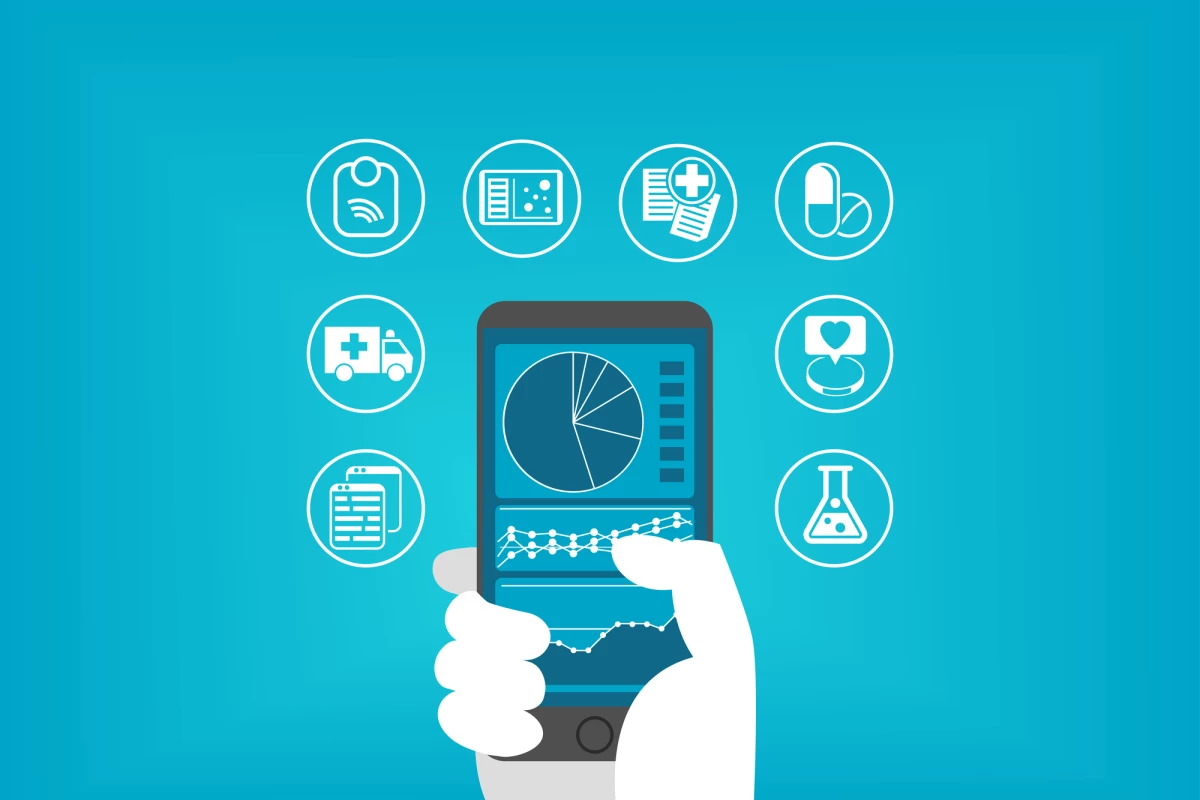A new study is demonstrating the potential of a computer model using electronic health records to predict an individual’s risk of suicide. The proof-of-concept suggests the machine learning model may predict suicidal behavior up to two years in advance.
"Computers cannot replace care teams in identifying mental health issues," explains Ben Reis, co-senior author on the paper from Boston Children's Hospital. "But we feel that computers, if well designed, could identify high-risk patients who may currently be falling through the cracks, unnoticed by the health system.”
In the age of big data, researchers are increasingly pointing AI and machine learning models at the mass of information held in electronic health records to help identify those subjects most at risk of suicide. A 2017 study suggested a machine learning model could identify the “neural signature” of someone with suicidal tendencies using MRI data, while Facebook has deployed a controversial algorithm designed to track user activity and flag those at high-risk of self-harm.
The new study builds on prior work developing a computer model that predicts future risk of suicidal behavior using electronic health record data. The research trained the pre-existing model on sets of data from five different health care centers encompassing 3.7 million patients.
The records contained almost 40,000 suicide attempts and the algorithm was able to predict 38 percent of those attempts an average of 2.1 years before they occurred. Reis notes that while some suicide risk predictors in medical records were not surprising, such as drug dependence or pre-existing mental health conditions, others were unexpected, including HIV medication use and rhabdomyolysis, a damaging muscular condition.
"There wasn't one single predictor," adds Reis. "It is more of a gestalt or balance of evidence, a general signal that builds up over time."
One of the main focuses of this study was investigating how well a single predictive model could be applied to a variety of patient populations across different health care centers. Although the model did generally perform similarly across the five different medical centers, the researchers do say retraining the system for each specific center enhanced its predictive accuracy.
"We could have created one model to fit all medical centers, using the same codes," explains first author on the study, Yuval Barak-Corren. "But we chose an approach that automatically builds a slightly different model, tailored to suit the specifics of each health care site."
The next step for the research is to refine the model, incorporating extra health record data, such as clinical notes from doctors. The ultimate goal, according to Reis, is to help doctors better identify patients with suicidal tendencies. “We envision a system that could tell the doctor, 'of all your patients, these three fall into a high-risk category. Take a few extra minutes to speak with them.'"
The new study was published in the journal JAMA Network Open.
Source: Boston Children’s Hospital via Eurekalert




